Test Drive of the Mercedes-Benz E200 Coupe: Differences from the S Coupe and BMW Coupes
公開日:
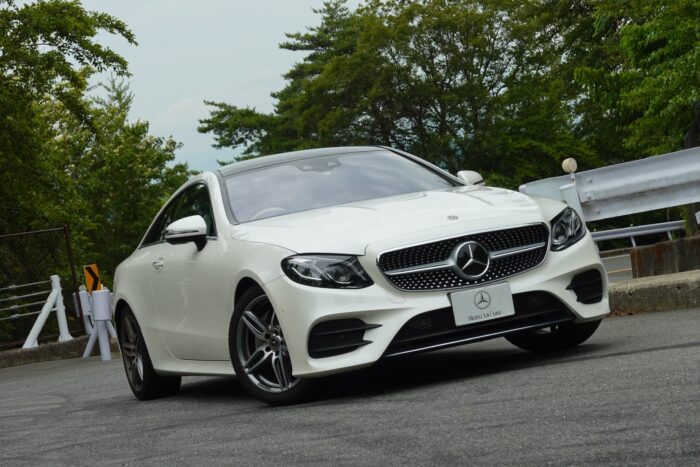
[TOC]
Luxury Coupe
When I think of the E-Class coupe, I recall the 1993 movie “The Firm” where Tom Cruise’s character drove a 300CE. Although it was a cabriolet, it was a luxury coupe from Mercedes’ mid-size class (W124 generation) at the time, and I remember having a strong admiration for it during my student days.

From the movie “The Firm”
Since then, I have driven Honda’s Legend Coupe (KA8), and more recently, the R129 SL500 and AMG S63. I have always loved luxury grand coupes and regularly feel the urge to own one.
E200 Coupe (C238)
This time, I test drove the current-generation E-Class coupe, specifically the E200 Coupe Sport grade.
In fact, I once considered purchasing the previous generation C207 E250 BlueEfficiency and even test drove it, but my impression back then was not very good. I recall the seats being very thin and firm, and the lack of low-speed torque didn’t suit my preferences. So this time, I deliberately kept my expectations low before the test drive.
Seeing it in person, it’s a very elegant coupe body. True to Mercedes’ luxury coupe tradition, there is no B-pillar. When the windows are fully down, the flowing roofline and the open window area harmonize beautifully.
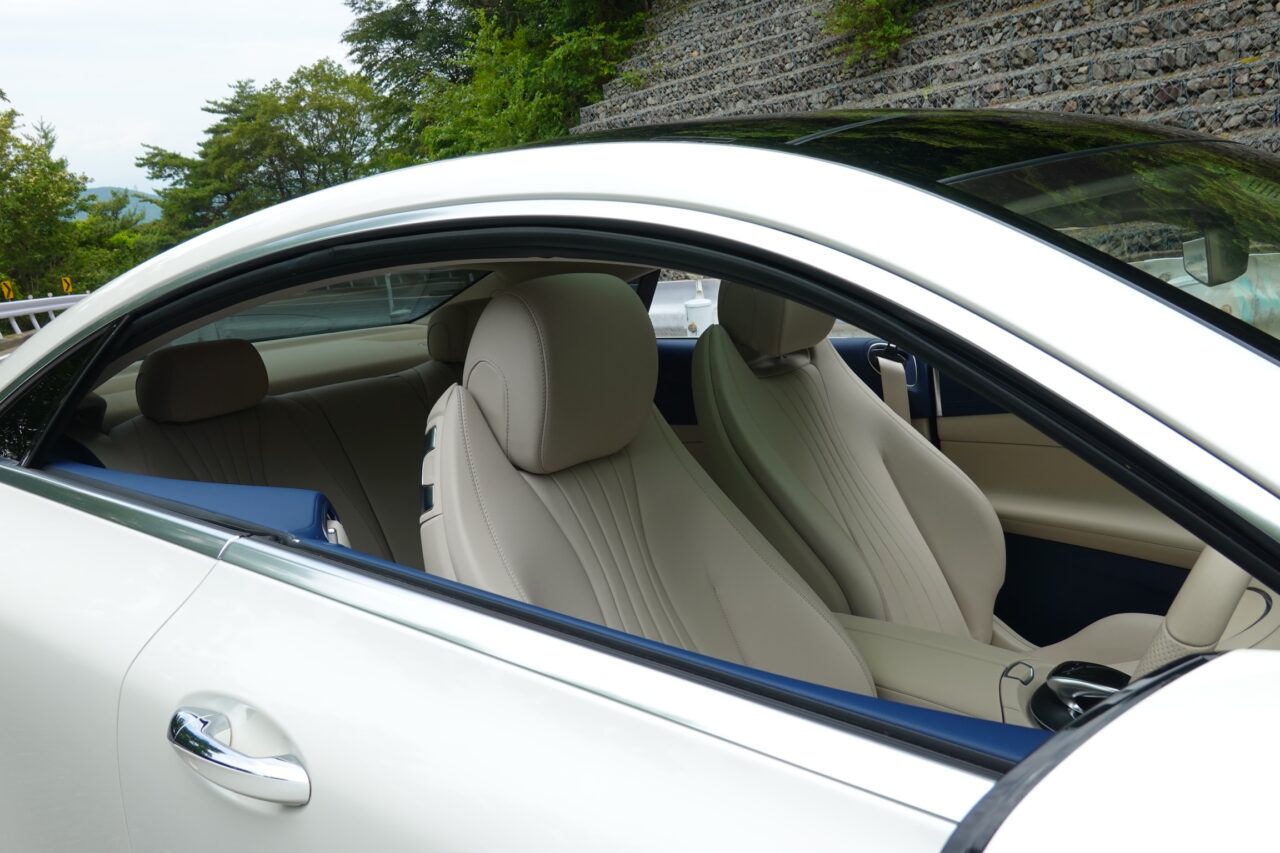
The absence of a B-pillar creates a very open feeling
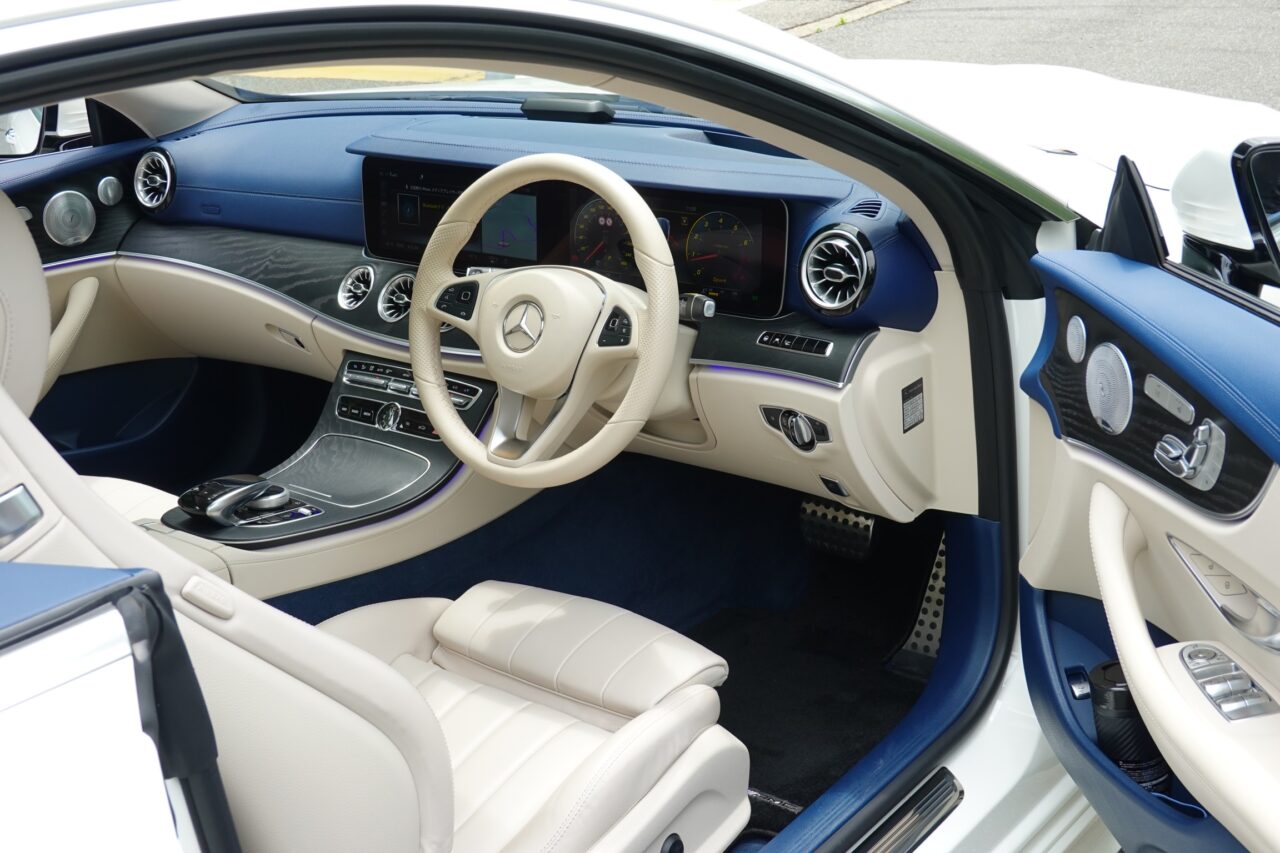
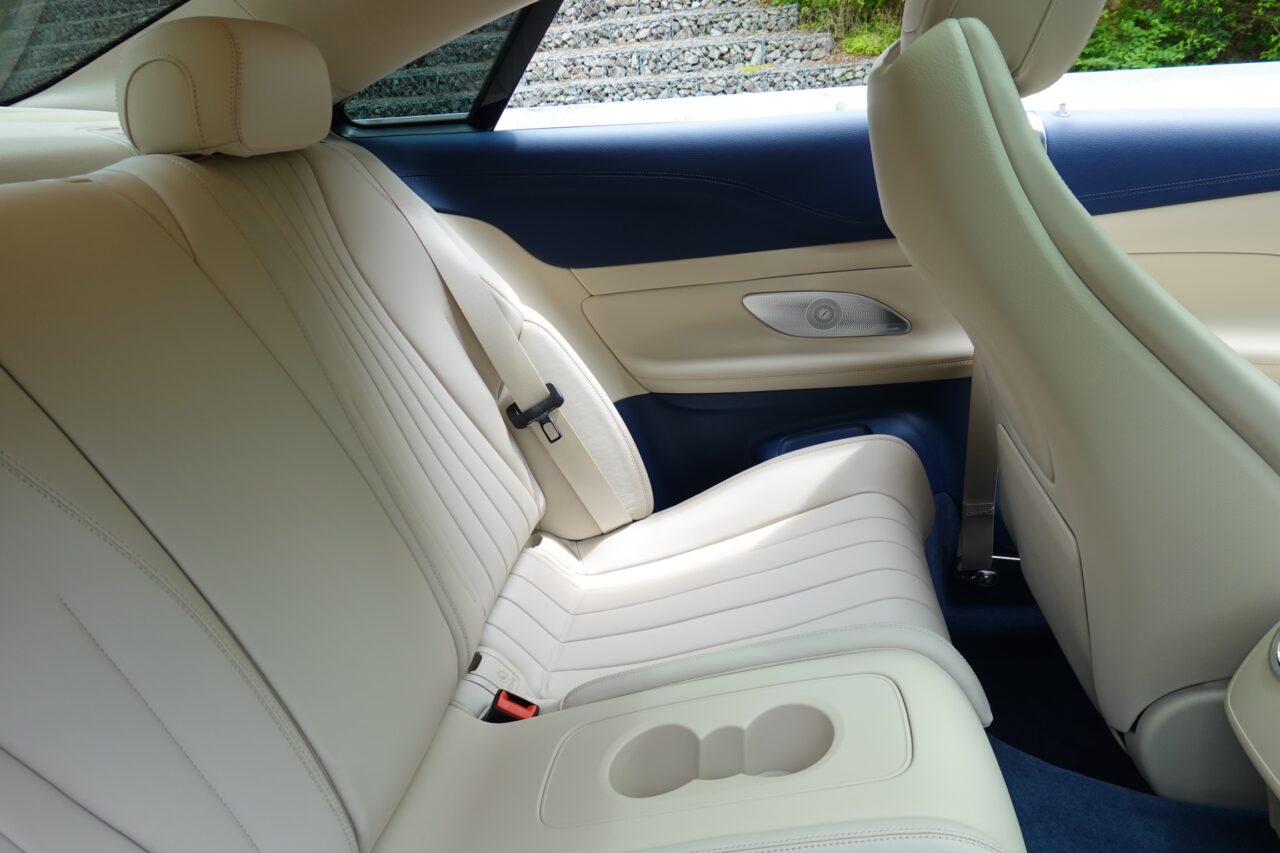
The rear seats offer ample space
Opening the long, heavy door and getting in, the seat comfort is good. At first glance, the seats might look like somewhat thin sports seats, but they actually have the thickness befitting a luxury coupe. However, compared to the S-Class coupe, they are understandably less plush. The S-Class seats are much thicker and more voluminous, but the E200’s are not quite at that level.
Since it’s an E-Class, I also think it could have slightly more luxurious, relaxed seats in terms of shape and design. Functionally, although there is no ventilation, there are many electrically adjustable parts, so practicality is not an issue.
Additionally, the interior features ambient lighting with 64 color options, and a perfume atomizer that creates a scented atmosphere inside the cabin. This system uses fragrance cartridges located in the glove box, allowing you to customize the scent to your liking.
Engine
The engine starts very quietly. This car is powered by a 2.0-liter inline-4 turbo producing 184 ps. At first, hearing the engine sound outside and feeling a slight rough vibration through the steering wheel, I thought it was a very well-made diesel engine, but it is actually a gasoline engine.
However, that impression disappears as soon as you start driving. Above idle speed, the engine runs smoothly and delivers strong torque from low revs. It effortlessly pushes the body weighing over 1700 kg up to cruising speed. This feeling is very refined and leaves a good impression. With such low-end torque, it should be easy to drive even in stop-and-go city traffic.
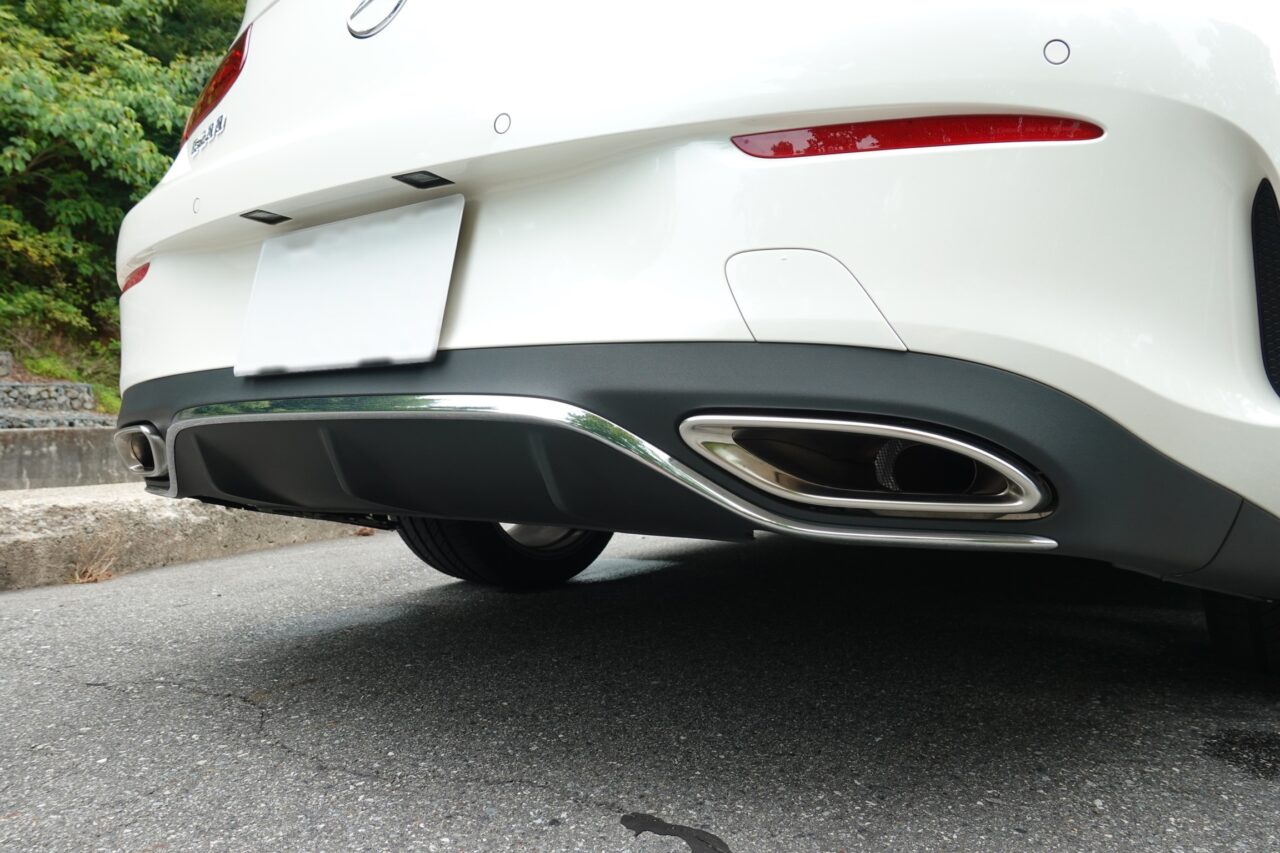
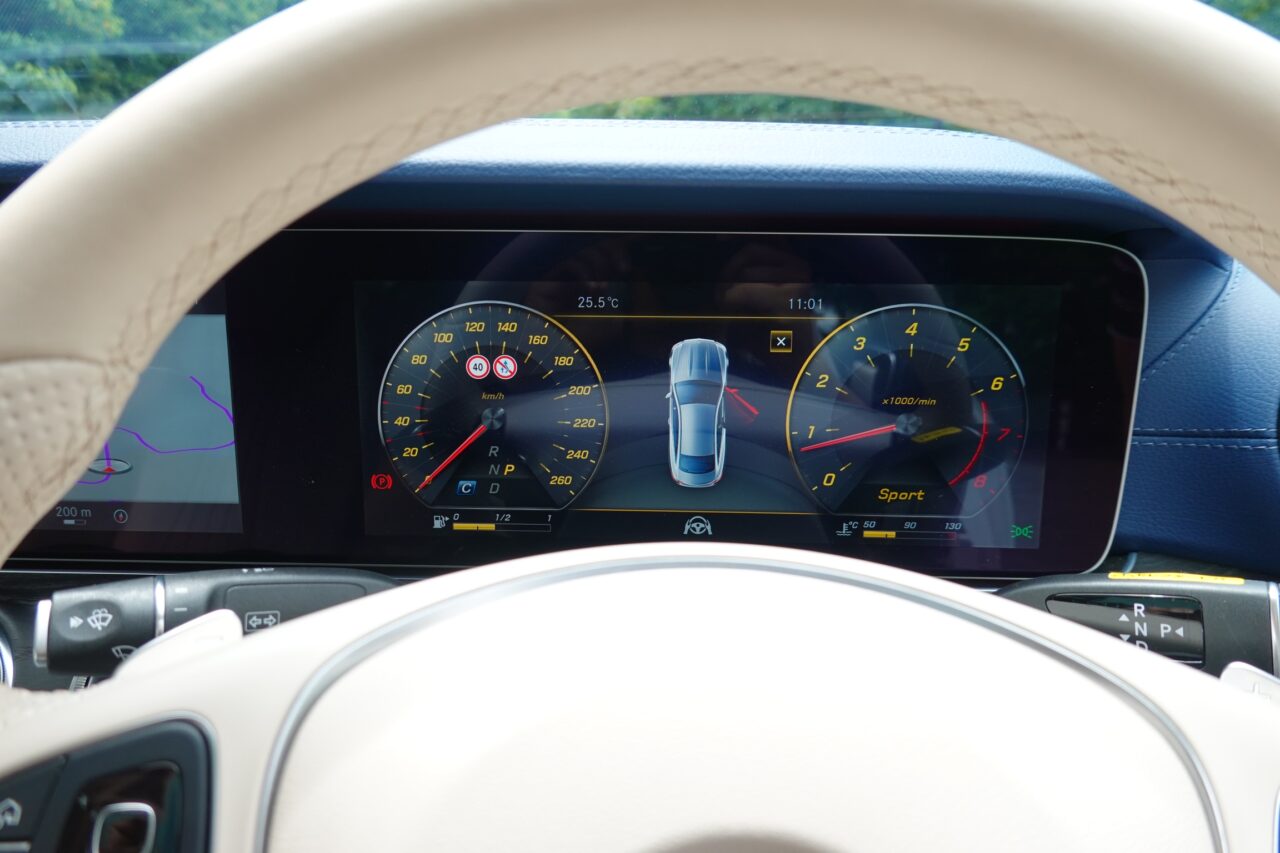
The engine sound is quite ‘normal.’ However, I say this as the highest compliment to Mercedes. This engine faithfully follows Mercedes’ philosophy of being purely a power source without drawing unnecessary attention from the driver.
The driver only needs to watch the speedometer; engine RPM and gear ratios don’t matter. The drivetrain acts as a discreet servant, reliably transporting occupants.
While the engine feels very powerful at low speeds, don’t expect strong mid-range acceleration from a certain speed onward. Of course, it’s perfectly fine for everyday driving, but if you want sporty coupe performance, I recommend the E300, E400, or even E450.
Ride Comfort
The ride quality consistently delivers a certain level of comfort. Whether accelerating or cruising over smooth or uneven pavement, there is little difference in ride comfort.
It’s a bit unfair to compare due to different classes, but regarding the BMW 440i coupe I recently drove, it seems to have better ride comfort at start and on smooth roads than the E200. However, on rougher surfaces, the vibrations and noise stand out more, especially since the ride on smooth roads is so excellent.
In other words, the BMW’s ride comfort varies more depending on conditions, while the Mercedes doesn’t offer exceptional comfort but maintains a consistent quality in all situations.
This vehicle’s original run-flat tires have been replaced with regular tires (Nankang NS-25), and according to the owner, ride comfort has improved, with no complaints about grip or quietness.
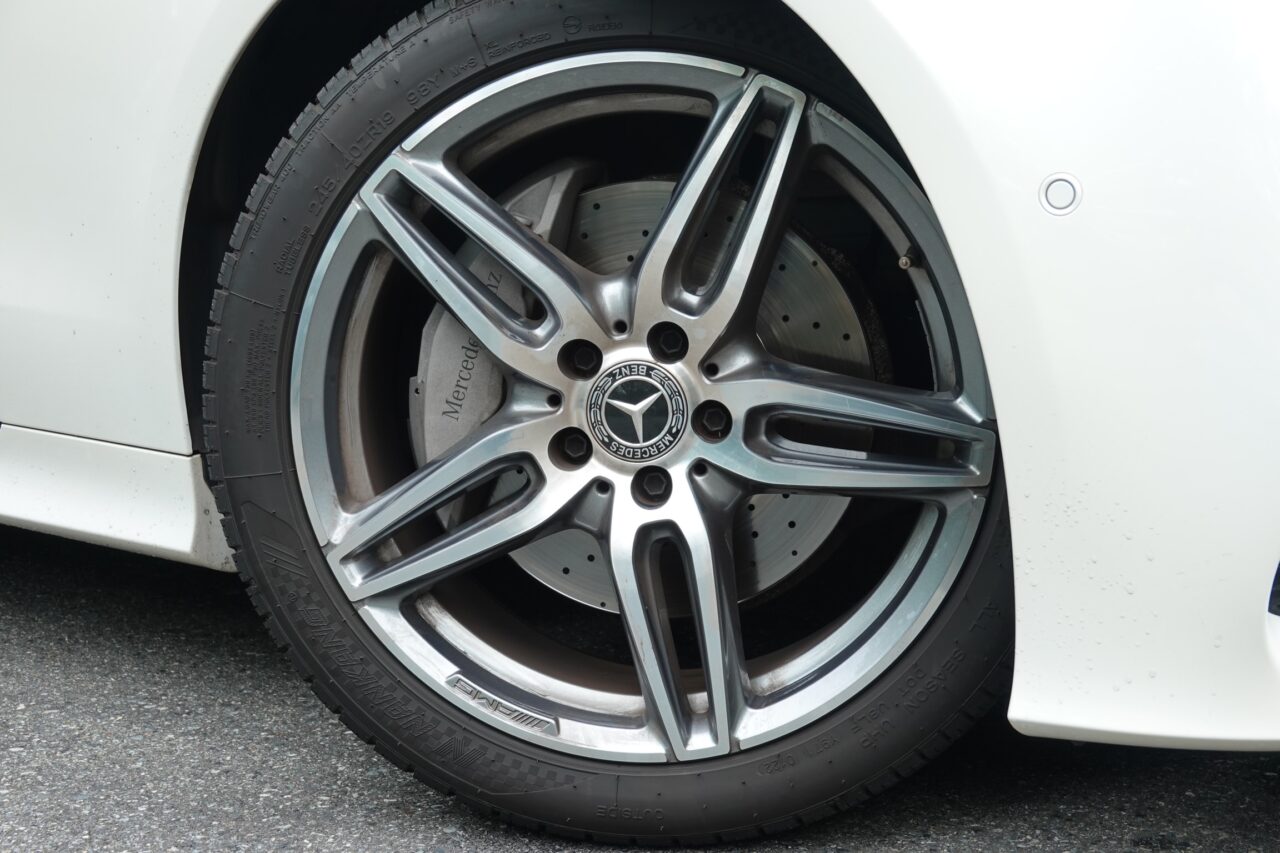
In Comfort mode, when cornering, the behavior is unmistakably Mercedes-like. The steering has a lot of play, and at first, you might worry about entering a corner like this, but once in the corner, there is no such concern. All four wheels firmly grip the asphalt, and the handling is straightforward, turning exactly as intended.
Even at somewhat higher speeds, the car remains steady. This tuning, which allows anyone to hold the steering wheel with confidence, is truly impressive.
Every time a new domestic model is released, there are test drive articles claiming “It might have surpassed European cars!” but I still believe there is a significant gap in driving feel. The comfortable ride is also felt in the passenger seat; the owner rode alongside me and said it was comfortable even at a brisk pace without much body sway.
This Sports Mode Is Exceptional
Next, I switched to Sport and Sport Plus modes. The feeling changes dramatically, almost like a different car. To put it boldly, it’s like ‘Mercedes becomes BMW.’
Of course, it doesn’t handle like a Porsche, nor does the engine response dramatically improve or the exhaust roar become loud. Probably, even timing laps wouldn’t show much difference.

However, the steering characteristics change significantly. In Comfort mode, the initial steering feel is somewhat numb, typical of Mercedes, but in Sport modes, it becomes noticeably sharper. When you turn the wheel, the front moves exactly as much as you turn it, and the delay between steering input and vehicle response shortens considerably.
I asked the owner, “Is this suspension electronically controlled?” but he said, “It should be a normal suspension.” Later, I confirmed that this E200 is equipped with the standard AGILITY CONTROL suspension, which has neither air suspension nor electronic control.
Still, switching to Sport or Sport Plus clearly changes the steering feel. Since the suspension isn’t electronically controlled, this effect is likely achieved by altering the steering assist parameters, and this control is excellent. It’s impressive how well steering assist alone can express this change.
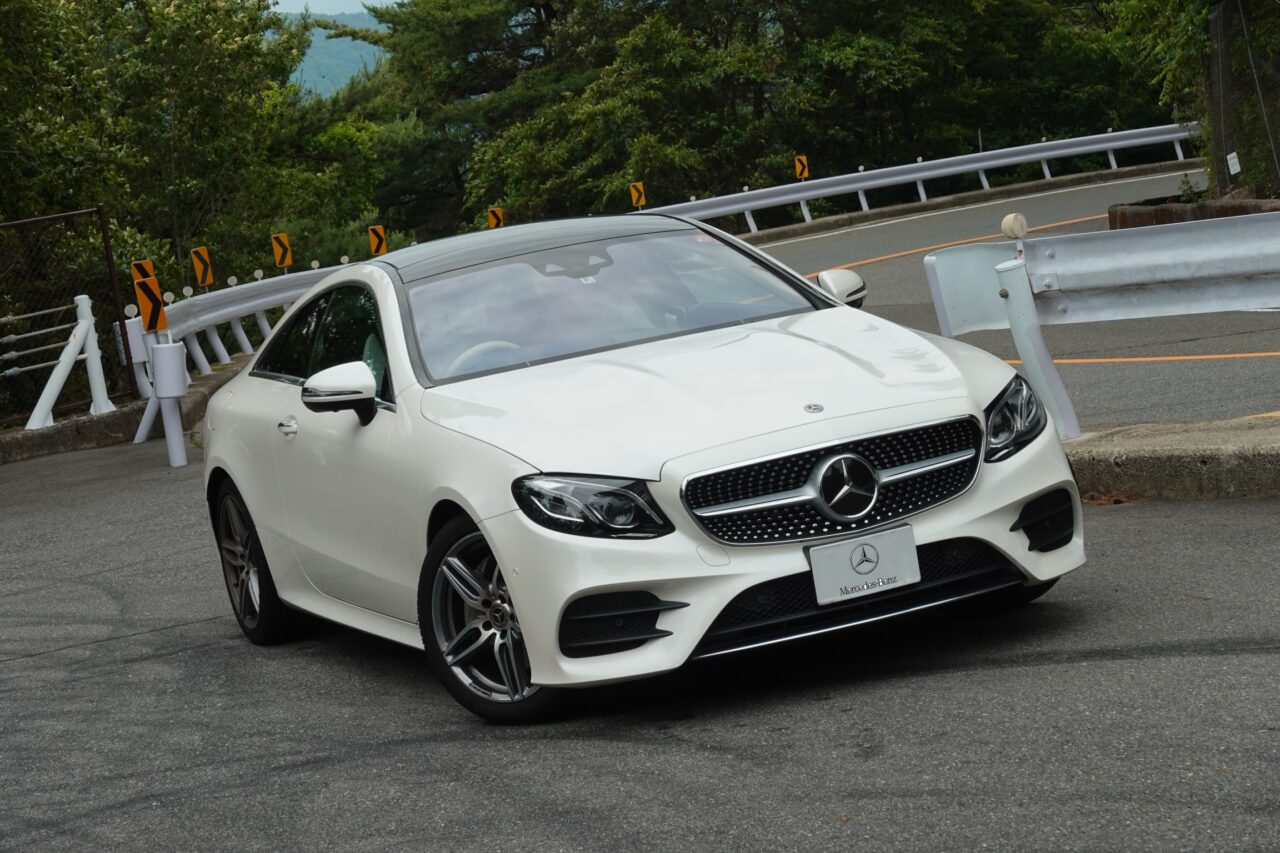
Combined with the light front end from the four-cylinder engine, the car runs through winding roads comfortably and enjoyably. It’s not a sports car with razor-sharp handling, but for most people, it offers a ‘just right’ response speed and turn-in. I would say this is the car’s greatest appeal.
Overall Impression
Clear luxury, ride comfort that never disappoints anyone, and confident handling. It doesn’t have any particularly sharp points but offers the best performance as a practical car. Compared to the higher-end S coupe, there is a difference in the weighty ride feel, but comfort, quietness, and ride quality are all at a fully satisfying level.
Compared to BMW, the 440i coupe is naturally sportier, but the E200 seems better balanced overall in ride comfort. However, it probably loses out to the 840i in overall terms.
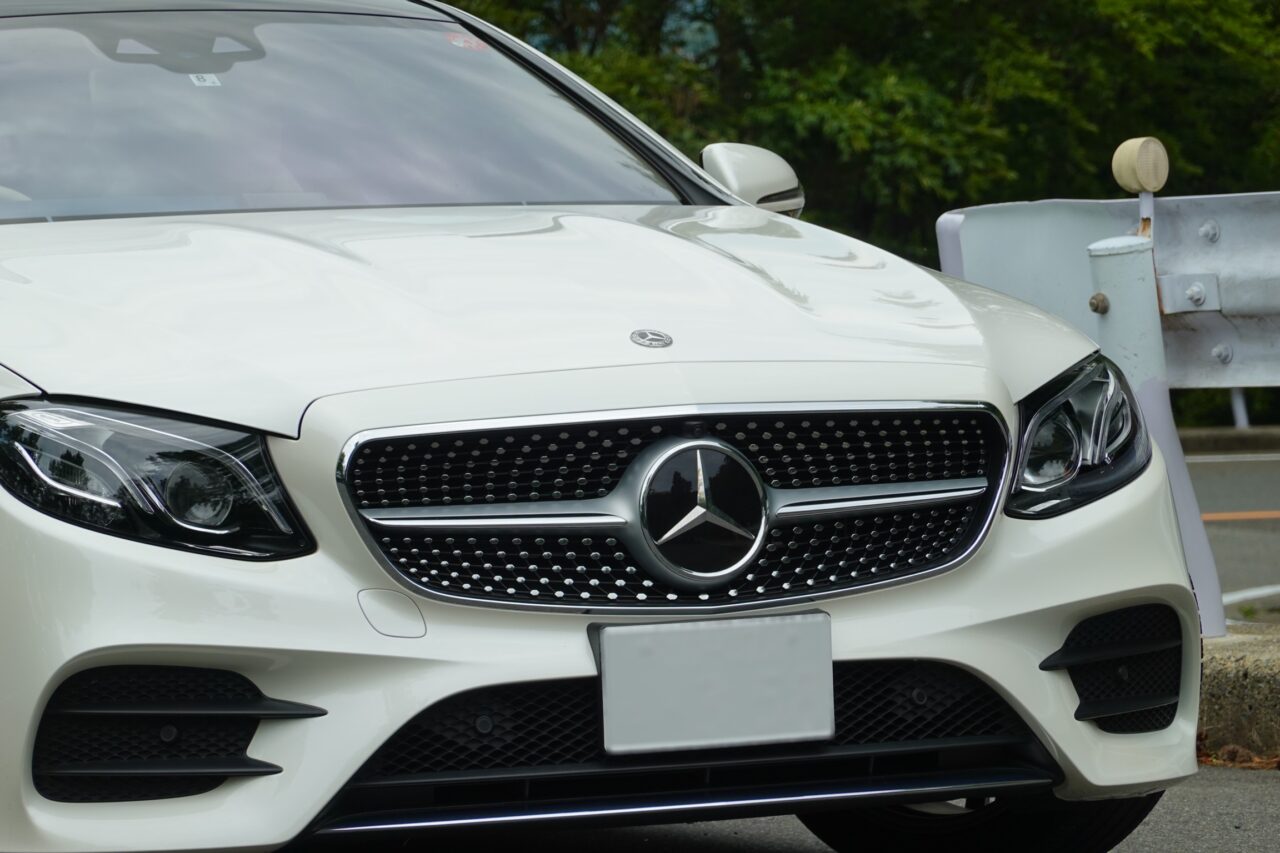
I think the E200 is ideal for those who want a car that’s easy to drive in the city, can be used as a weekend date car, and still offers a lively and pleasant feel on winding roads. On the other hand, if you want more power and high-speed performance on winding roads, or a heavier, more substantial ride, then the E300 or above, or the S coupe, would be better choices.
Lately, I’ve been wanting a luxury coupe myself. So far, I’ve been considering a BMW 4 Series coupe or an R231 SL, but now I’m adding this E-Class coupe to my list of candidates.
このブログが気に入ったらフォローしてね!


Comment ( 0 )
Trackbacks are closed.
No comments yet.